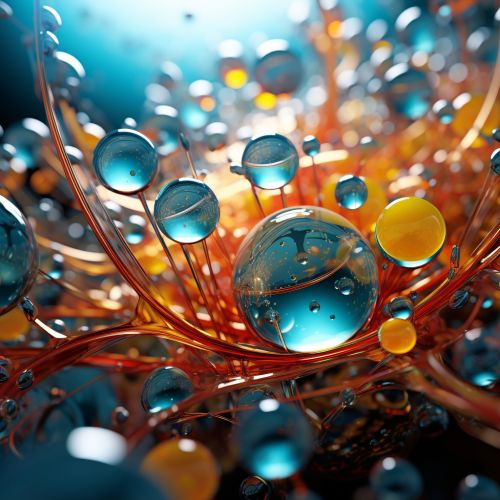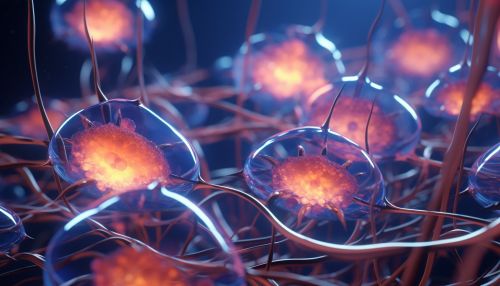Biosynthesis
Introduction
Biosynthesis is a multi-step, enzyme-catalyzed process where substrates are converted into more complex products in living organisms. In biosynthesis, simple compounds are modified, converted into other compounds, or joined together to form macromolecules. This process often consists of metabolic pathways which involve a series of chemical reactions.
Mechanism of Biosynthesis
The mechanism of biosynthesis is quite complex, involving a series of chemical reactions that are catalyzed by enzymes. These enzymes are proteins that speed up the reaction and allow it to occur under the conditions present within the cell. The reactions involved in biosynthesis can be grouped into two types: condensation reactions and reduction reactions.


Condensation Reactions
Condensation reactions involve the joining of two molecules, with the loss of a small molecule, often water. This type of reaction is common in the biosynthesis of large molecules such as proteins and carbohydrates. For example, in the biosynthesis of proteins, amino acids are joined together by peptide bonds in a condensation reaction, with the loss of a molecule of water.
Reduction Reactions
Reduction reactions, on the other hand, involve the addition of hydrogen or the removal of oxygen from a molecule. These reactions are common in the biosynthesis of small molecules such as fatty acids and steroids.
Role of ATP in Biosynthesis
Adenosine triphosphate (ATP) plays a crucial role in the biosynthesis process. ATP is the main source of energy for most cellular processes, including biosynthesis. The energy released from ATP hydrolysis (the breakdown of ATP into ADP and a free phosphate group) is used to drive the endergonic reactions in biosynthesis.
Biosynthesis of Macromolecules
Biosynthesis is responsible for the production of all the macromolecules found in living organisms. These macromolecules include proteins, carbohydrates, lipids, and nucleic acids.
Protein Biosynthesis
Protein biosynthesis, also known as protein synthesis, is the process by which cells build proteins. The process involves transcription, where the genetic information in DNA is copied into RNA, and translation, where the RNA is used as a template to build a protein.
Carbohydrate Biosynthesis
Carbohydrate biosynthesis involves the formation of complex carbohydrates from simple sugar molecules. This process is crucial for the production of energy storage molecules, such as starch and glycogen, and structural molecules, such as cellulose and chitin.
Lipid Biosynthesis
Lipid biosynthesis involves the formation of complex lipids from simple lipid precursors. This process is crucial for the production of energy storage molecules, such as triglycerides, and structural molecules, such as phospholipids and cholesterol.
Nucleic Acid Biosynthesis
Nucleic acid biosynthesis involves the formation of DNA and RNA from nucleotide precursors. This process is crucial for the replication of genetic material and the production of RNA molecules necessary for protein synthesis.
Regulation of Biosynthesis
The regulation of biosynthesis is crucial for maintaining homeostasis within a cell or organism. This regulation can occur at various levels, including the transcriptional level, the translational level, and the post-translational level. Regulation can also occur through feedback inhibition, where the end product of a biosynthetic pathway inhibits an enzyme involved in the pathway, thus preventing the overproduction of the end product.
Conclusion
In conclusion, biosynthesis is a vital process in all living organisms, responsible for the production of all the macromolecules necessary for life. The process involves a series of complex chemical reactions, all of which are tightly regulated to ensure the proper functioning of the cell or organism.
